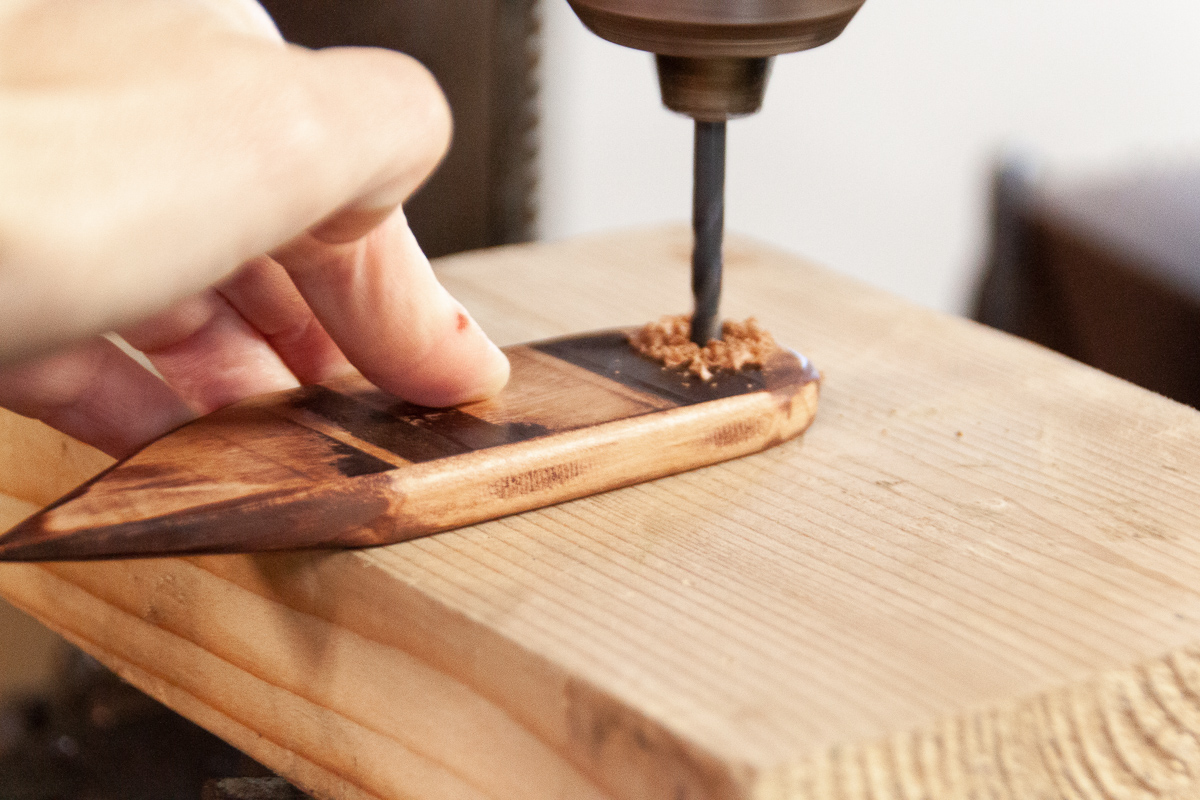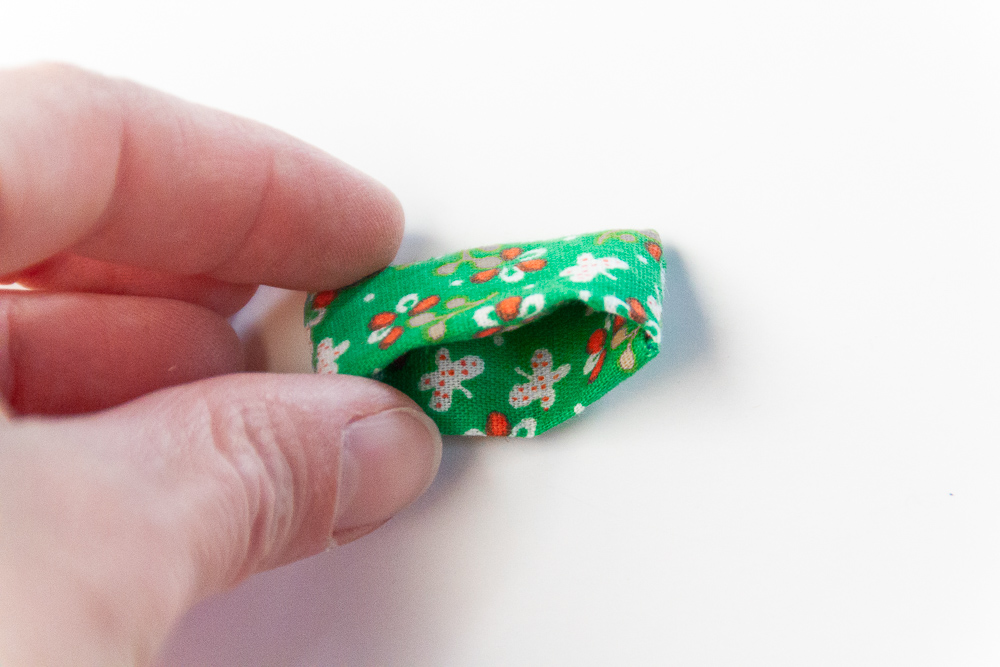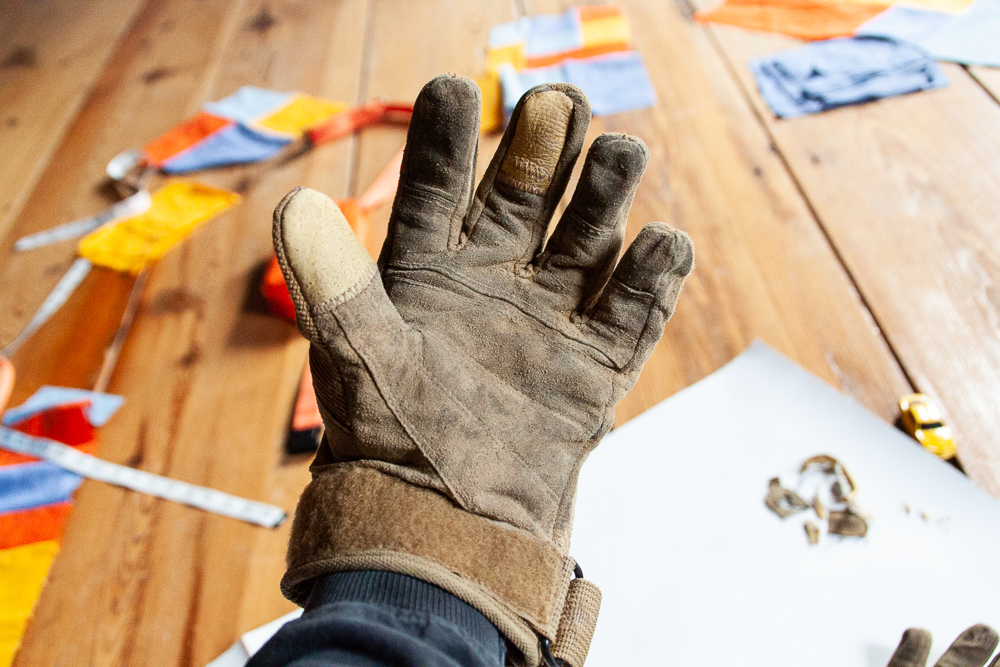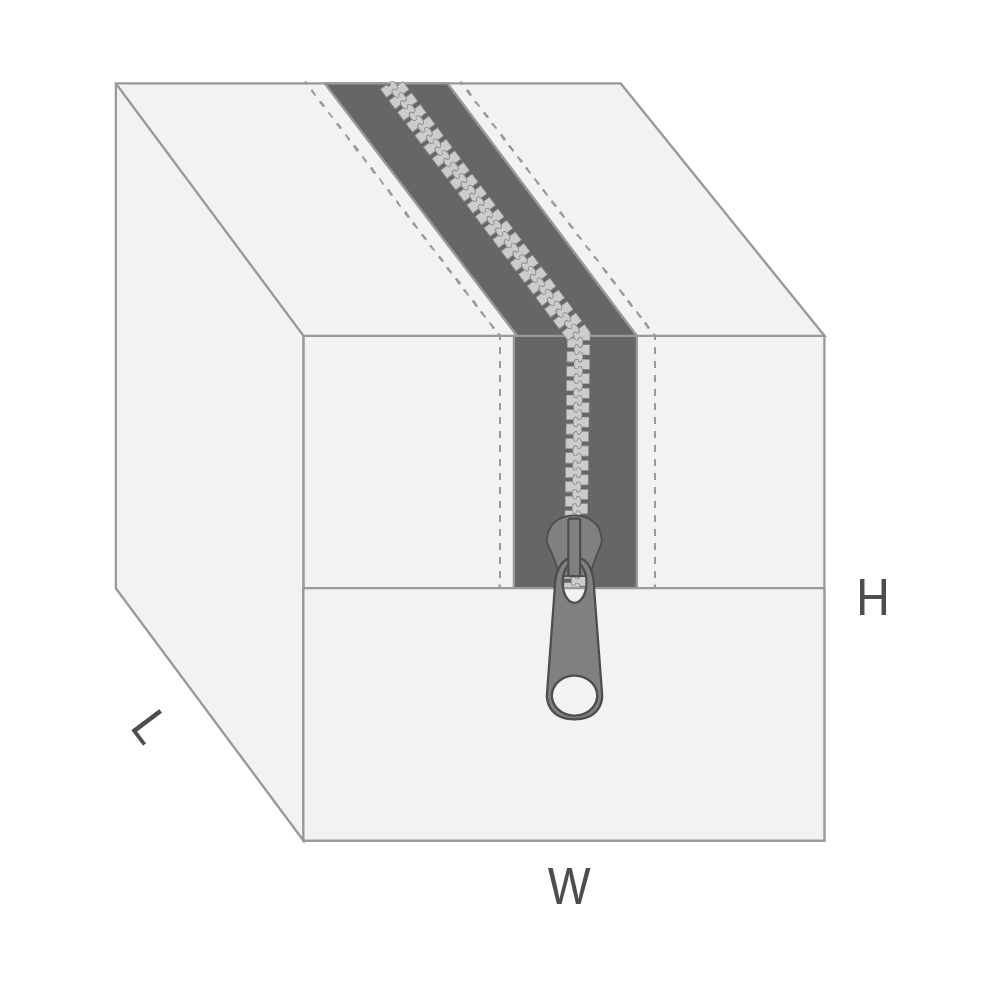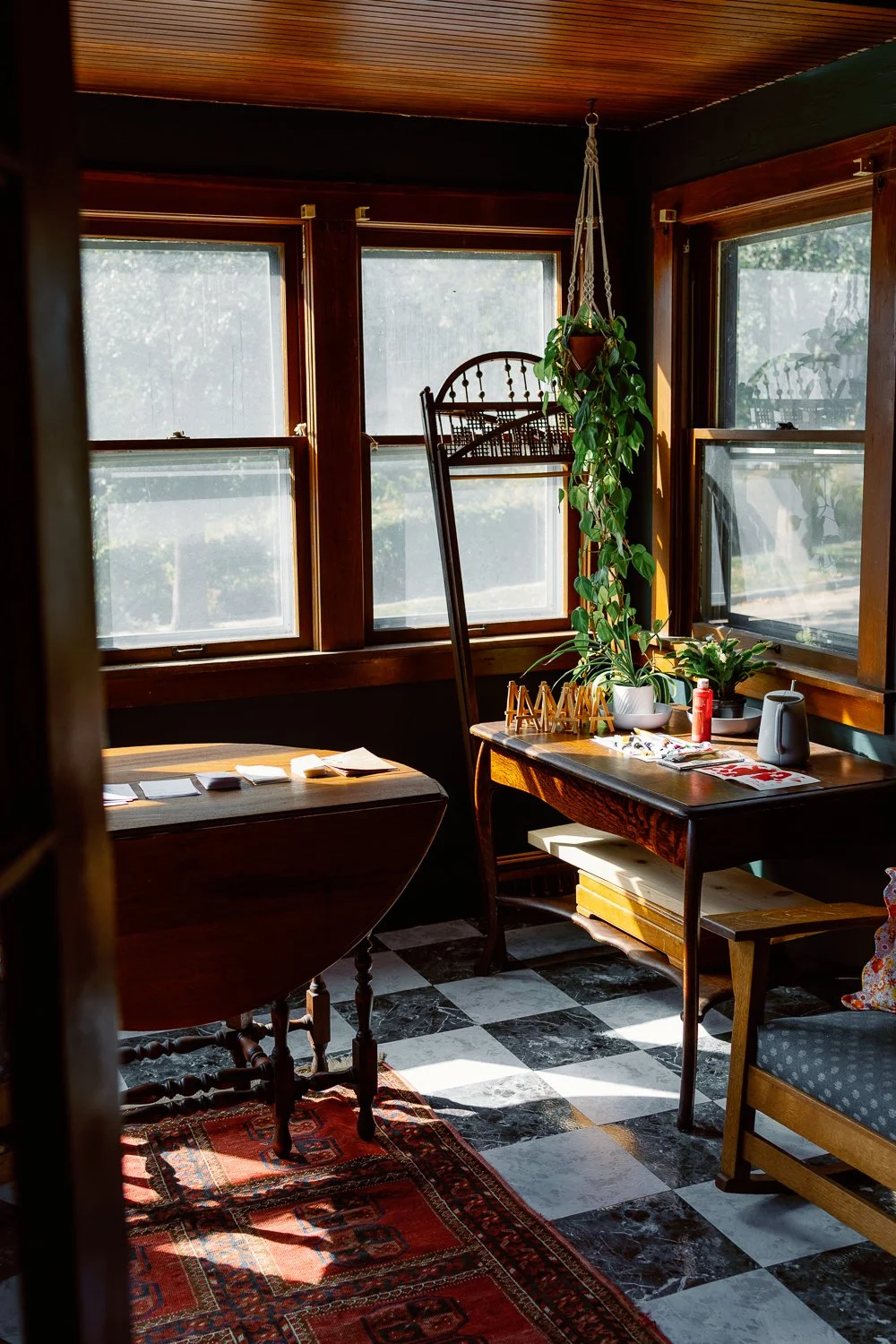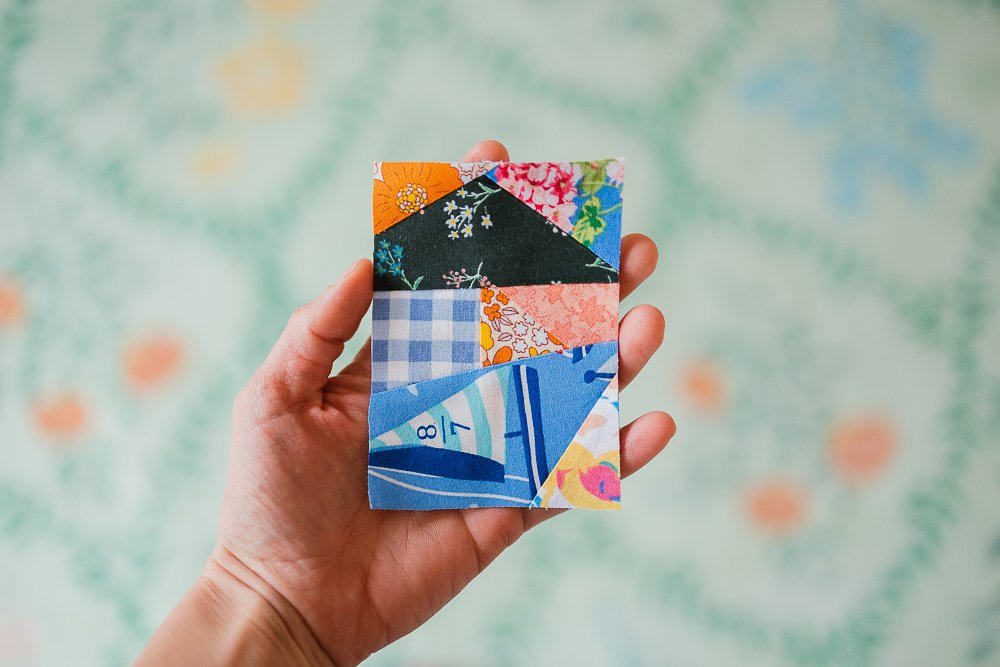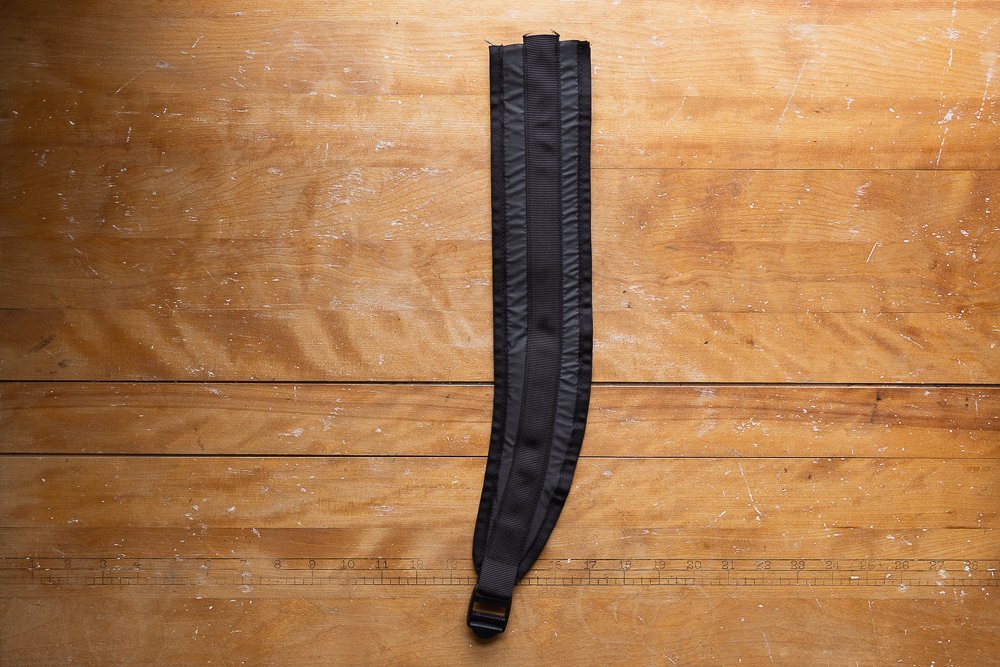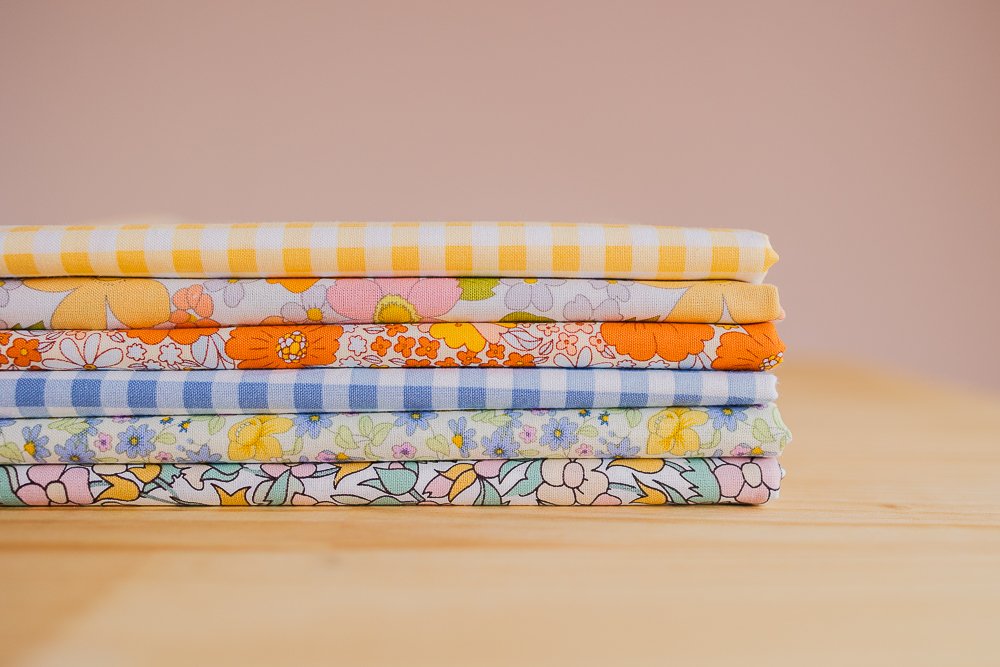Isn’t it lovely to surround yourself with handmade things? They feel so special to hold and to use. They have so much more character than store bought items. To that end, I’ve been wanting a point turner for awhile but didn’t want to buy any of the ones I found at local stores.
Rummaging around a stack of salvage lumber in our workroom, I found this beautiful piece of black walnut wood. I asked my parents where it came from and they said they rescued several pieces when a school was disposing of an old piano several years ago. I’m not sure what happened to the rest of the piano, but this wood is just beautiful.
After making myself a point turner, there was enough board left over to make a few more! I’m offering the limited number for sale in the next few days. In the meantime, here’s a photo summary of how I made them.
I used a bandsaw for all the steps above and used a table sander to round all the edges and to carve the tip down to a sharp(ish) point on both the front and back. Having a sharp point is helpful to push out stubborn corners effectively.
There is a very limited quantity of these available if you are interested in snagging one for your sewing table! If you would like to be notified immediately when they are available (verrrry soon! Like, tomorrow!), feel free to sign up for my mailing list!
(SOLD OUT)











